
November 2014
- RESPIRATORY PROTECTION: Powered Air Purifying Respirators: Versatility Beyond Respiratory Protection
- RESPIRATORY PROTECTION: Fit Testing Industry Professionals Can Trust
- CONFINED SPACES: Confined Space: Managing Exposures
- CHEMICAL SAFETY: Employee Protection: The Hierarchy of Controls
- HAND PROTECTION: Gloves Are PPE and More
- HAND PROTECTION: Get the Cut Resistance Your Workers Require
- HAND PROTECTION: No Easy Answers on Vibration Gloves
- FALL PROTECTION: Laying the Groundwork
- FALL PROTECTION: Fall Protection vs. Fall Prevention: A New Approach to Ladders
- FALL PROTECTION: What You Need to Know About Fall Protection Training
- SLIP & FALL: Identifying Same-Level Slip and Fall Hazards in the Workplace
- SLIP & FALL: Staying on Your Feet in the Winter
- TRANSPORTATION SAFETY: Revving Up V2V
- HEAD & FACE PROTECTION: Rules of the Road
Cover Story
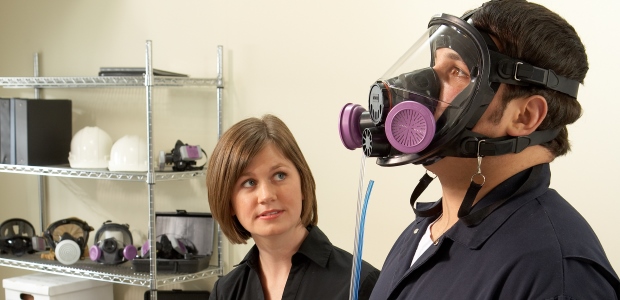
By Molly Doran, John Morton
At minimum, OSHA requires that respirator fit testing occurs on an annual basis. However, fit testing must occur in other notable instances, as well.
Features

By Jerry Laws
Vehicle-to-vehicle technology "represents the next great advance in saving lives," U.S. Transportation Secretary Anthony Foxx has said.

By Karen D. Hamel
Taking the time to identify floor safety hazards in all areas in and around a facility is the first step toward avoiding these common injuries.
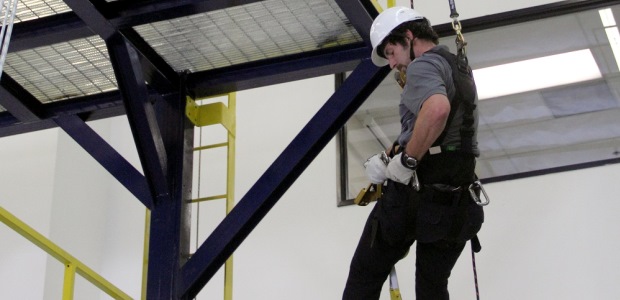
By Jim Hutter
Here's how to create and execute a reliable fall protection and rescue plan.
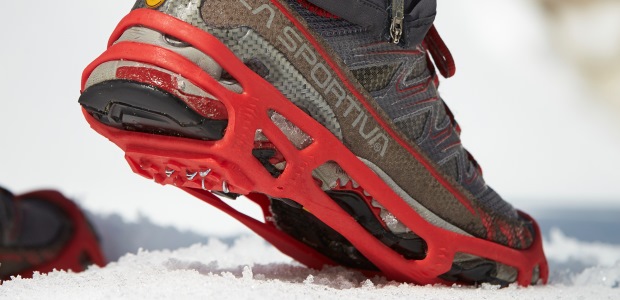
By John Milburn
This winter, make ice traction as important as coats, gloves, and hats, because keeping you safely on your feet in snow and ice is as important as staying warm.
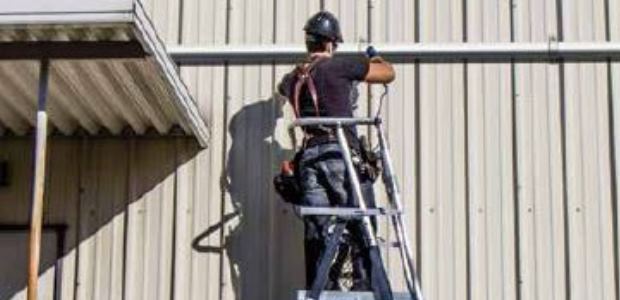
By Dave Francis
Everything else has improved with technology; it's time we started improving ladders.
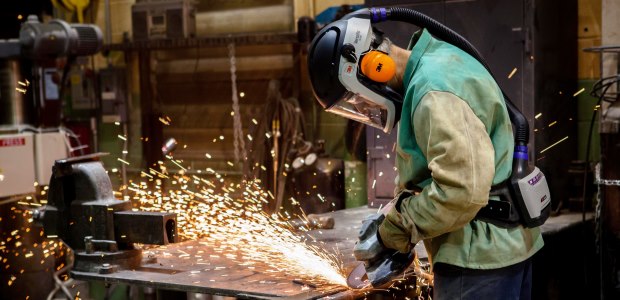
By Karen Cuta
Recent advancements are driving a renewed interest by health and safety professionals to evaluate these systems as a potential solution for a variety of on-the-job hazards.
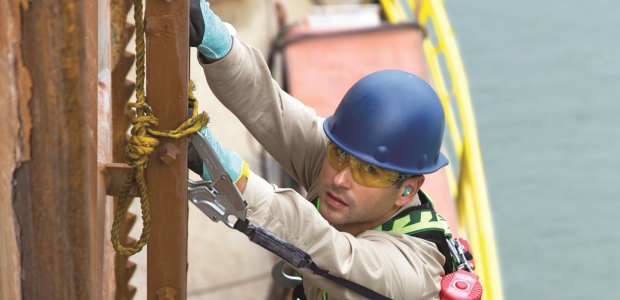
By Fred Elliott
OSHA's regulation and consensus standards are guideposts for keeping your program on track.

By Griff Hughes
Why do you need to know what is in your cut-resistant glove and how it works?

By Marty Breimhurst
Hands-on practice helps to instill confidence and increase competence in users.
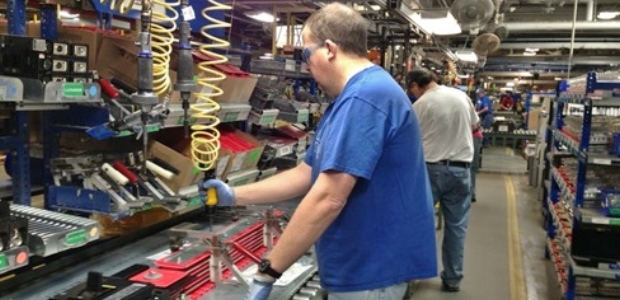
By Jennifer Choi
The most accurate method to determine the actual vibration magnitude exposure of workers is to perform on-site vibration analysis, which can vary significantly from the values declared by the tool manufacturers.
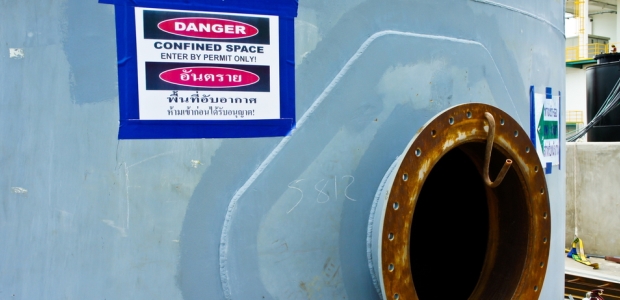
By Jeffrey Lewis
There is a data gap with the instruments used –- intermittent or continuous -- as well as the records resulting from these devices.
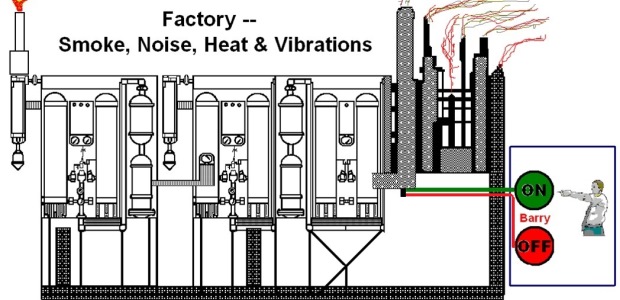
By Barry R. Weissman
"Replace the methylene chloride with any of the newer paint strippers that are less toxic, and your employees are able to work safely."

By Joe Milot III, Anthony Di Giovanni
They actually help us work faster and better, thanks to amazing new designs and materials.
Departments
By
Strategy is primarily about choices. It's never too late to align the most important business objectives.
By Robert Pater
When allowed to grow tepid, neither coffee nor leadership has the same draw.
By Jerry Laws
"This is a social crisis, a humanitarian crisis, an economic crisis, and a threat to national security well beyond the outbreak zones," WHO Director-General Dr. Margaret Chan told the Security Council.